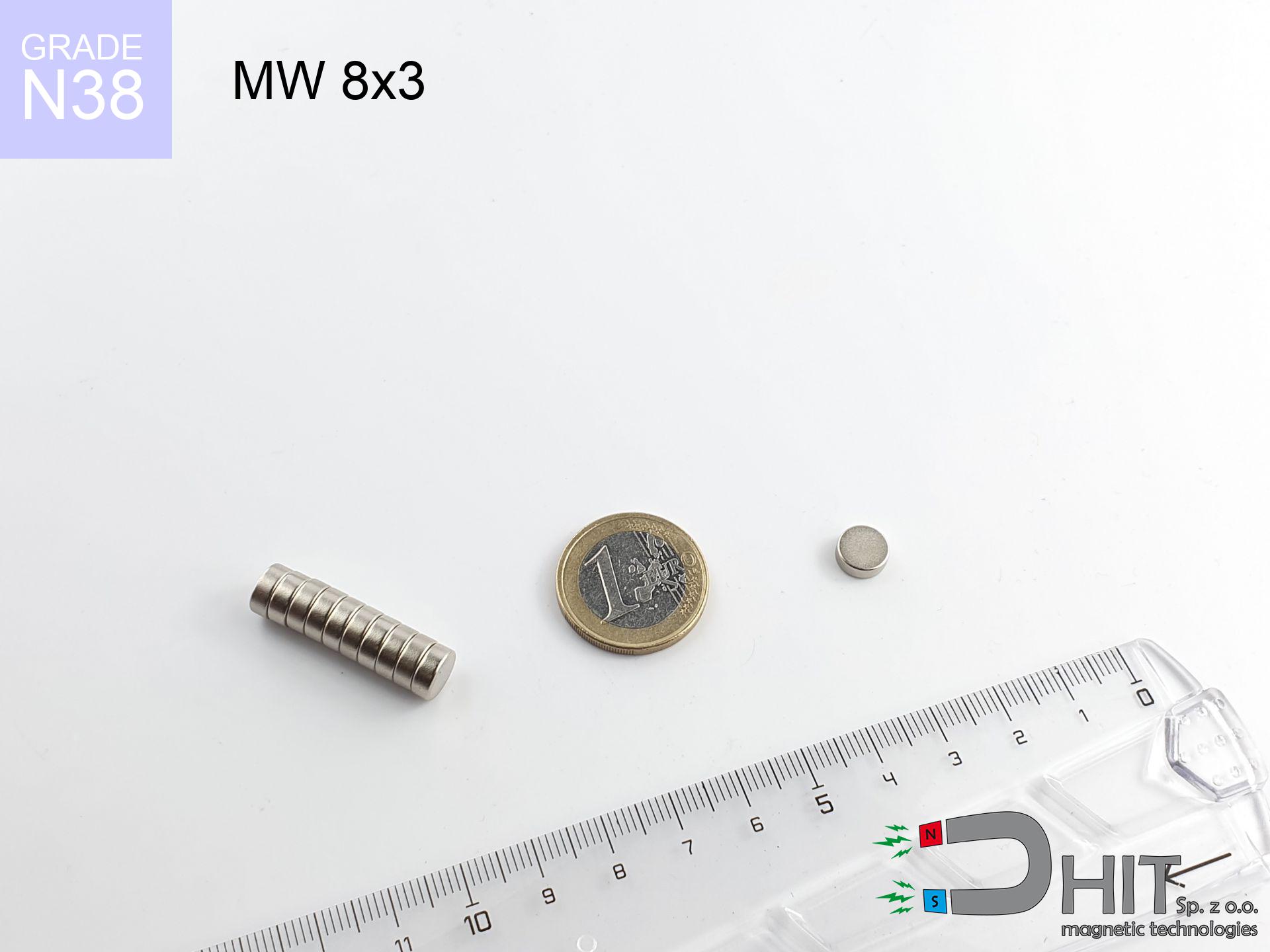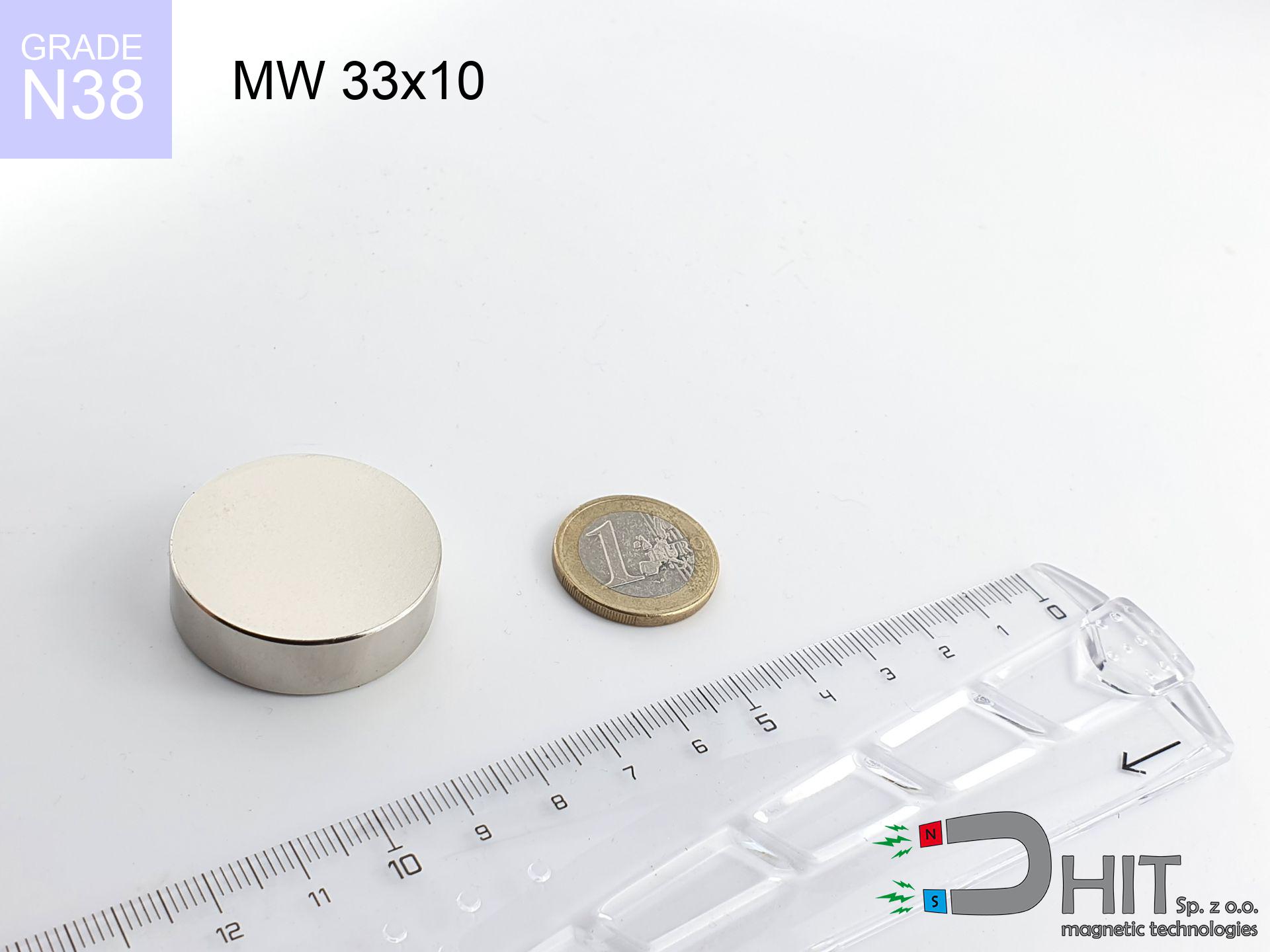BM 510x180x70 [4x M8]
magnetic beam
catalog number 090220
GTIN: 5906301812555
length
510
mm [±0,1 mm]
width
180
mm [±0,1 mm]
height
70
mm [±0,1 mm]
catalog number 090220
GTIN: 5906301812555
length
510 mm [±0,1 mm]
width
180 mm [±0,1 mm]
height
70 mm [±0,1 mm]
5253.21 ZŁ gross price (including VAT) / pcs +
4270.90 ZŁ net price + 23% VAT / pcs
bulk discounts:
need more quantity?Don't know what to choose?
Give us a call tel: +48 888 99 98 98 or get in touch through contact form on the contact page. You can check the mass as well as the shape of neodymium magnet in our magnetic calculator power calculator
Orders placed by 2:00 PM will be shipped on the same business day.
Specification: magnetic beam 510x180x70 [4x M8]
Choose recommended products
Advantages as well as disadvantages of neodymium magnets NdFeB.
In addition to immense strength, neodymium magnets have the following advantages:
- They do not lose power over time. After about 10 years, their power decreases by only ~1% (theoretically),
- They protect against demagnetization caused by external magnetic sources very well,
- In other words, thanks to the shiny coating of nickel, gold, or silver, the element acquires an aesthetic appearance,
- They possess very high magnetic induction on the surface of the magnet,
- Thanks to their high temperature resistance, they can operate (depending on the form) even at temperatures up to 230°C and above...
- Thanks to the flexibility in shaping and the ability to adapt to specific requirements – neodymium magnets can be produced in a wide range of shapes and sizes, which amplifies their universality in usage.
- Key role in the industry of new technologies – are used in HDD drives, electric drive mechanisms, medical equipment and very modern machines.
Disadvantages of neodymium magnets:
- They are prone to breaking as they are extremely fragile when subjected to a strong impact. If the magnets are exposed to impacts, it is suggested using magnets in a protective case. The steel housing in the form of a holder protects the magnet from impacts and also increases its overall strength,
- Magnets lose their strength due to exposure to high temperatures. In most cases, when the temperature exceeds 80°C, these magnets experience permanent loss in strength (although it is worth noting that this is dependent on the form and size of the magnet). To avoid this problem, we offer special magnets marked with the [AH] symbol, which exhibit high temperature resistance. They can operate even at temperatures as high as 230°C or more,
- They rust in a humid environment. For outdoor use, we recommend using waterproof magnets, such as those made of rubber or plastic,
- The use of a cover - a magnetic holder is recommended due to the limited production capabilities of creating threads or complex shapes in the magnet
- Possible danger associated with microscopic parts of magnets can be dangerous, if swallowed, which is particularly important in the context of child safety. Additionally, miniscule components of these products can be problematic in medical diagnosis when they are in the body.
Precautions
Under no circumstances should neodymium magnets be placed near a computer HDD, TV, and wallet.
Neodymium magnets generate intense magnetic fields that can destroy magnetic media such as floppy disks, video tapes, HDDs, credit cards, magnetic ID cards, cassette tapes, or other devices. They can also damage videos, televisions, CRT computer monitors. Do not forget to keep neodymium magnets at a safe distance from these electronic devices.
Keep neodymium magnets away from GPS and smartphones.
Intense magnetic fields generated by neodymium magnets interfere with compasses and magnetometers used in navigation, as well as internal compasses of smartphones and GPS devices.
If you have a nickel allergy, avoid contact with neodymium magnets.
Studies clearly indicate a small percentage of people who suffer from metal allergies such as nickel. An allergic reaction often manifests as skin redness and rash. If you have a nickel allergy, you can try wearing gloves or simply avoid direct contact with nickel-plated neodymium magnets.
Maintain neodymium magnets away from children.
Remember that neodymium magnets are not toys. Be cautious and make sure no child plays with them. In the case of swallowing multiple magnets simultaneously, they can attract to each other through the intestinal walls. In the worst case scenario, this can lead to death.
Neodymium magnets are over 10 times stronger than ferrite magnets (the ones in speakers), and their strength can surprise you.
Familiarize yourself with our information to correctly handle these magnets and avoid significant injuries to your body and prevent damage to the magnets.
Dust and powder from neodymium magnets are flammable.
Avoid drilling or mechanical processing of neodymium magnets. Once crushed into fine powder or dust, this material becomes highly flammable.
Neodymium magnetic are extremely fragile, leading to breaking.
In the event of a collision between two neodymium magnets, it can result in them getting chipped. They are coated with a shiny nickel plating similar to steel, but they are not as hard. At the moment of connection between the magnets, small sharp metal fragments can be propelled in various directions at high speed. Eye protection is recommended.
People with pacemakers are advised to avoid neodymium magnets.
Neodymium magnets produce strong magnetic fields that can interfere with the operation of a heart pacemaker. However, if the magnetic field does not affect the device, it can damage its components or deactivate the device when it is in a magnetic field.
Neodymium magnets can attract to each other due to their immense internal force, causing the skin and other body parts to get pinched and resulting in significant injuries.
Magnets will jump and also contact together within a distance of several to almost 10 cm from each other.
Neodymium magnets can demagnetize at high temperatures.
While Neodymium magnets can demagnetize at high temperatures, it's important to note that the extent of this effect can vary based on factors such as the magnet's material, shape, and intended application.
So you are aware of why neodymium magnets are so dangerous, see the article titled How very dangerous are very strong neodymium magnets?.

![BM 510x180x70 [4x M8] BM 510x180x70 [4x M8]](https://cdn3.dhit.pl/graphics/products/bm-510x180x70-4x-m8-cem.jpg)


![magnetic separator 25x250 [2xM8] / N42 magnetic separator 25x250 [2xM8] / N42](https://cdn3.dhit.pl/graphics/products/sm-25x250-2xm8-ker.jpg)


